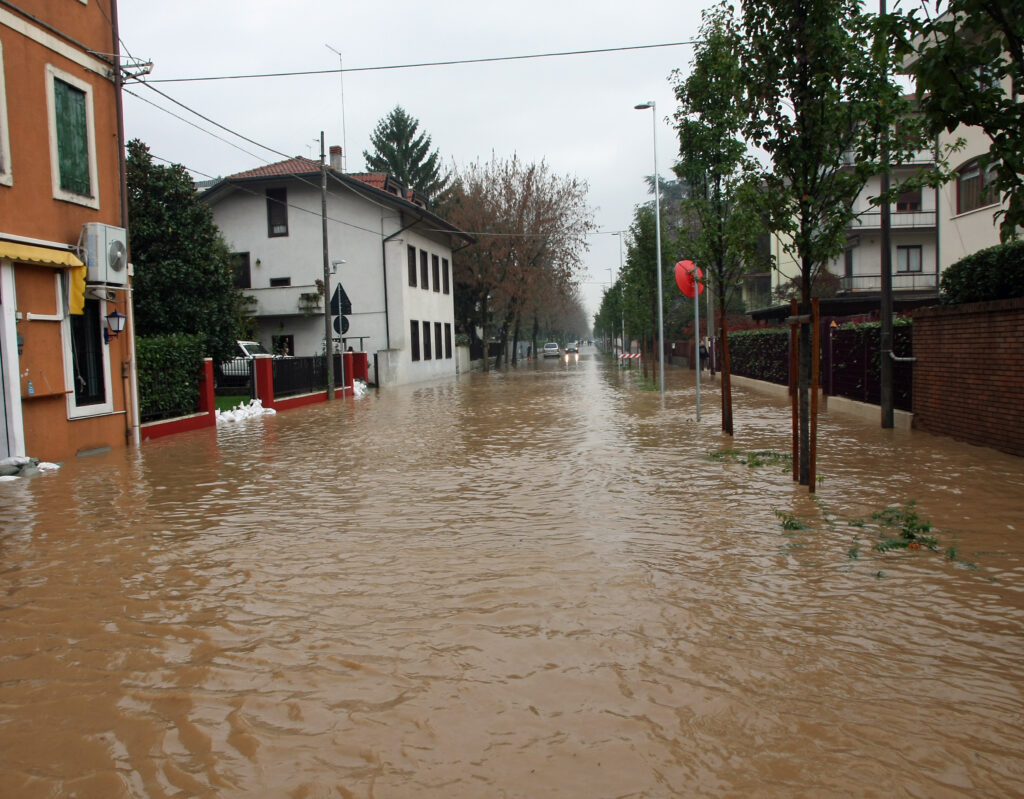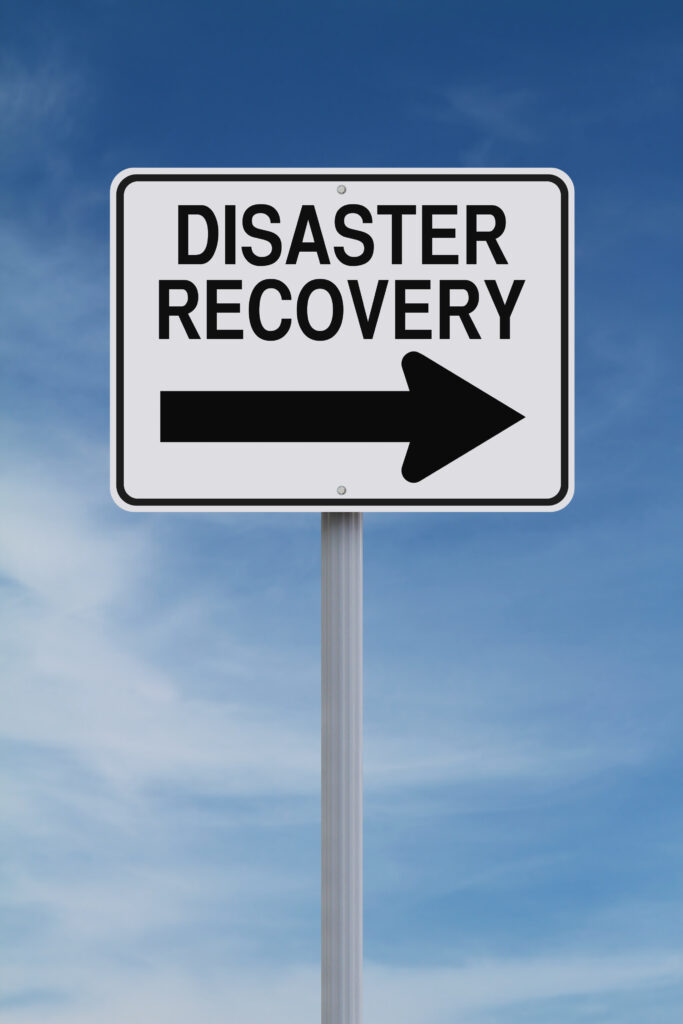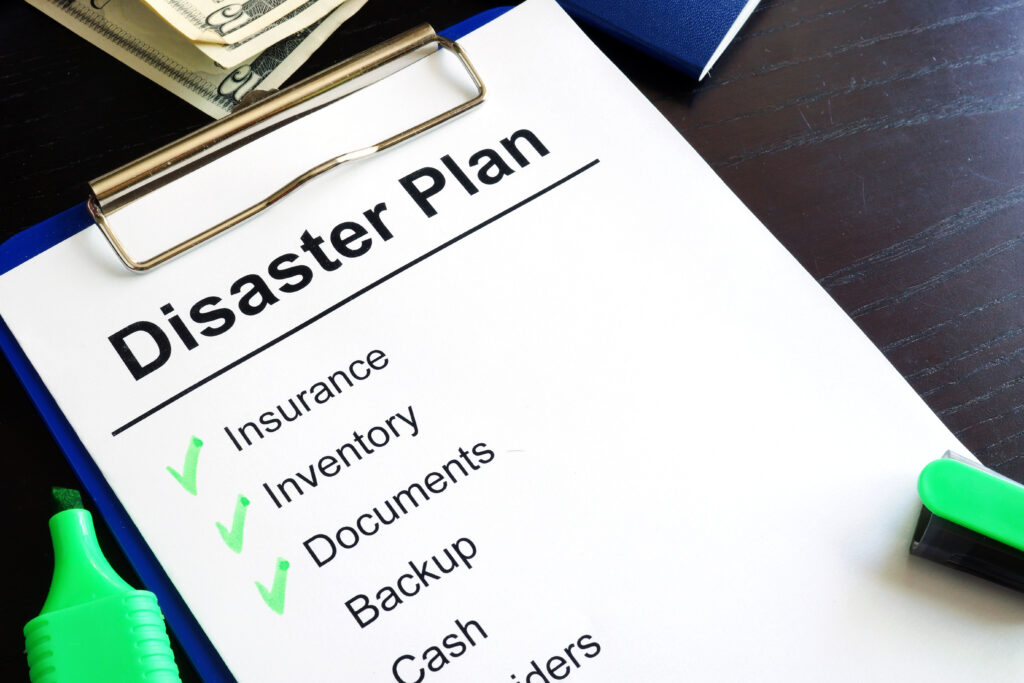
Responding to community needs is a core purpose of CRA, including in areas that have been affected by natural disasters. Beginning in 2005, the regulatory agencies incorporated revitalization and stabilization efforts in major disaster areas as a qualified activity type for consideration during CRA examinations. In order to maximize CRA consideration, a bank must ensure that disaster responsive activities meet specific requirements.
Natural Disasters Basics
The first step in determining if a bank’s disaster relief activities will qualify for CRA consideration is evaluating if the activities are in a designated disaster area. The Federal Emergency Management Agency (FEMA) was created in 1978 to coordinate the response to any disaster that has occurred within the United States that overwhelms the resources of local and state authorities. In order for FEMA to assist a community, the governor of the state or tribal chief of a Native Land must first declare a state of emergency and formally request from the President that FEMA respond to the disaster. The President can then approve a major disaster declaration for a community. FEMA acted as an independent agency until it was absorbed into the Department of Homeland Security in March 2003.
There are several types of declarations that can be made in response to a natural disaster, but only major disaster declarations are eligible for consideration under CRA. Natural disasters encompass a wide variety of activities such as hurricanes, tornadoes, storms, floods, earthquakes, snowstorms, landslides, and mudslides. They can also include less common natural disasters such as tsunamis, volcanic eruptions, droughts, or explosions.
Once a major disaster declaration has been approved, it provides for a wide range of federal assistance programs for individuals and public infrastructure, including funds for both emergency and permanent work. Individual assistance is available for households including crisis counseling, disaster case management, unemployment assistance, legal services, supplemental nutrition, and more. Public assistance programs support the immediate disaster response measures such as debris removal and emergency protective measures. Longer-term public assistance programs focus on support for community recovery including roads, bridges, water facilities, buildings, equipment, utilities, parks, etc. Additional aid is available for hazard mitigation needs to prevent or reduce long-term risk to life and property from natural hazards.
Between January 2020 and April 2023, there have been 181 major disaster declarations approved for U.S. states, territories, or tribal nations, excluding the COVID-19 pandemic (more on that later). The majority of these disasters involved floods, hurricanes, severe storms, earthquakes, and tornadoes, but also included ice storms, a dam break, and fires. A searchable list of all current major disaster areas is maintained on FEMA’s website at www.fema.gov/disaster/declarations.
CRA’s Role in Natural Disaster Recovery
Within the CRA regulation itself, details on disaster recovery is limited. The regulation includes “designated disaster areas” as a qualified geography under the revitalization and stabilization criteria in the community development definition. The Interagency Questions & Answers on CRA (CRA Q&As), last updated in 2016, provide more details on how banks should evaluate disaster recovery activities for consideration under CRA.

Bank activities in support of disaster recovery must support overall revitalization or stabilization. The general standard outlined within the CRA Q&As is that disaster activities should help to attract new, or retain existing, businesses or residents related to the disaster recovery. As with other revitalization and stabilization activities, bank activities will be considered responsive if they are consistent with a bona fide government plan or disaster recovery plan.
Bank disaster recovery activities do not have to solely focus on low- or moderate-income (LMI) individuals or communities. The agencies will generally consider all activities that help to revitalize or stabilize a designated disaster area, but will give greater weight to those that are most responsive to community needs, including those of LMI individuals or neighborhoods. Examples of responsive activities provided in the CRA Q&As include:
- Financing to help businesses in the area that employ local residents, including LMI individuals;
- Financing that attracts a major new employer to attract long-term job opportunities, including for LMI individuals;
- Financing or other assistance for essential community-wide infrastructure, community services, and rebuilding needs; and
- Activities that provide housing, financial assistance, and services to individuals in the designated disaster area or who have been displaced from a designated disaster area, including LMI individuals.
The CRA Q&As also clarify that even in a designated disaster area, certain activities are not eligible for CRA consideration. Immediate disaster recovery activities that include emergency work such as debris removal (FEMA Category A) and emergency protective measures (FEMA Category B) are not included.
Bank activities undertaken related to disaster recovery will be eligible for consideration for 36 months following the date of the designation. The agencies may extend this initial timeframe if a particular disaster has a demonstrable need for an extended period of long-term recovery. Generally, bank activities should be focused on responding to needs within the bank’s CRA Assessment Areas, or broader statewide or regional area that includes the bank’s CRA Assessment Areas.
CRA & COVID-19 Pandemic Response
Much like other disasters, the COVID-19 pandemic put significant strain on community resources, but amplified to impact the entire nation’s healthcare system and economy. On March 13, 2020, the United States was placed under a national emergency declaration for all states, territories, and Tribal nations. Following this declaration, FEMA also designated each state or area under its own major disaster declaration starting with New York on March 20, 2020 through Wyoming on April 11, 2020. The state-level FEMA designations opened up the possibility for banks to assist with community disaster response and recovery.
As the COVID-19 pandemic extended beyond the initial projected timeframes and communities experienced ongoing shut-downs, business closures, and job furloughs, as well as increasing healthcare concerns, the banking agencies issued specific guidance for bank response under CRA. The Interagency joint FAQs on CRA consideration for activities in response to COVID-19 (Interagency COVID FAQs) were first released in May 2020 and last updated in March 2021. This new guidance provided a framework for banks to participate directly in responding to immediate and ongoing needs due to the pandemic in a unique manner from other natural disasters.
Under this new framework, banks can receive positive consideration for similar activities to a natural disaster, but also extends consideration to include FEMA Category B disaster response related to emergency protective measures. Bank activities that revitalize or stabilize impacted areas by protecting public health and safety, particularly for LMI individuals, LMI neighborhoods, or FFIEC distressed and underserved areas, are considered responsive.
A significant change for pandemic activities extends the timeline for CRA consideration through six months following the lifting of the national emergency declaration. As of the writing of this article, the national emergency declaration had been extended through May 11, 2023, with the White House signaling that they fully plan to end the declaration shortly after that date. Therefore, bank activities conducted in response to the COVID-19 pandemic would have an eligibilty period of March 13, 2020 through approximately mid-November 2023.
A significant change for pandemic activities extends the timeline for CRA consideration through six months following the lifting of the national emergency declaration. As of the writing of this article, the national emergency declaration had been extended through May 11, 2023, with the White House signaling that they fully plan to end the declaration shortly after that date. Therefore, bank activities conducted in response to the COVID-19 pandemic would have an eligibility period of March 13, 2020 through approximately mid-November 2023.
The Interagency COVID FAQs, also provide a detailed listing of examples of general activities that are considered specifically responsive to the pandemic, including:
- Emergency medical care, including medical facility services and supplies, temporary medical facilities, and enhanced medical/hospital capacity;
- Purchase and distribution of personal protective equipment (PPE);
- Provision of emergency food supplies; and
- Assistance to state, tribal, territorial, or local governments for emergency management and to support communications of general health and safety information to the public.
In addition to general pandemic disaster responsive activities, the Interagency COVID FAQs also provide significant discussion of bank-specific activities that will be considered responsive to pandemic relief and recovery. Banks were encouraged to work with impacted customers, borrowers, and businesses to ensure that access to bank services were maintained. To the extent that a bank waived fees, provided alternative services, offered loan modifications, made other lending accommodations, etc., those activities could receive positive consideration for CRA.

Also noted as another responsive activity was when banks supported homeowners and renters to avoid foreclosure or eviction. This included their own customers or in partnership with local community partners. Such efforts could include promoting housing stability for individuals experiencing financial hardships due to the pandemic; offering loan forbearance; reducing payments; increasing credit limits; or providing foreclosure and eviction counseling. To the extent that such activities benefitted LMI individuals or LMI neighborhoods, those activities would be considered more responsive under CRA.
For banks that participated in the Paycheck Protection Program (PPP) providing SBA-guaranteed loans to impacted businesses, those loans should be evaluated for CRA alignment. The March 2021 update to the Interagency COVID FAQs explicitly clarified that any PPP loan originated to a business in an LMI census tract or FFEIC-designated distressed or underserved census tract would be viewed as a Community Development Loan. Other PPP loans should be evaluated under existing regulatory requirements to determine if a primary purpose of community development can be supported, such as retaining LMI jobs for a small business.
While it may seem as if the nation has returned to normal following the pandemic, the reality is many individuals and businesses may still be dealing with lingering impacts. Also, many banks have yet to examined for the full qualification time period for COVID responsive activities and should continue to accumulate details and data on those activities for presentation at their next CRA examination.
CRA Modernization & Disasters
In the recent CRA modernization proposal published in 2022, recovery efforts in a designated disaster area continue to be a component of community development. These activities remain under the newly structured revitalization standard. In order for disaster recovery activities to be considered responsive, they can benefit any income level census tract in a FEMA designated disaster area, including LMI residents. However, they also must be conducted in conjunction with a government disaster plan that includes an explicit focus on the recovery of the geographic area. Examples of such activities could include assistance with rebuilding infrastructure and other community services; financing to retain businesses that employ local residents; and recovery-related housing or financial services to individuals in the designated disaster area.
Within the CRA modernization proposal, new consideration will be provided for disaster preparedness and climate resiliency activities. The proposed rule provides additional commentary that these activities could be viewed as essential infrastructure. It also notes that community group stakeholders shared that LMI communities are particularly vulnerable to weather-related disasters. The proposal highlights that “since affordable housing residents are more likely to be low-income, and affordable housing tends to be older and of poorer quality, low- and moderate-income households are more likely to have housing that is susceptible to disaster-related damage.” It also points out that lower-income households have less savings and fewer financial resources to respond to impacts from disasters.
Disaster preparedness and climate resiliency would focus on activities that assist individuals and communities to prepare for, adapt to, and withstand natural disasters, weather-related disasters, or climate-related risks. The proposed rule places a geographic focus on activities in LMI census tracts and FFIEC-designated distressed or underserved middle-income nonmetropolitan census tracts. Again, these activities would also need to be undertaken in conjunction with a government plan, program, or initiative focused on disaster preparedness or climate resiliency with an explicit focus on benefitted the targeted census tracts.
The CRA modernization proposal outlines several activities that could be considered responsive under the proposed disaster preparedness and climate resiliency standard, including:
- Developing financial products and services that help residents, small businesses, and small farms in targeted geographies prepare for and withstand the impact of future disasters;
- Supporting the establishment of flood control systems in flood-prone LMI, distressed, or underserved census tracts;
- Retrofitting affordable housing to withstand future disasters or climate-related events;
- Promoting green space in LMI census tracts in order to mitigate the effects of extreme heat, particularly in urban areas;
- Energy efficiency improvements to community facilities that lower energy costs;
- Financing community centers that serve as cooling or warming centers in LMI census tracts that are more vulnerable to extreme temperatures;
- Infrastructure to protect targeted geographies from the impact of rising sea levels;
- Assistance to small farms to adapt to drought challenges; and
- Disaster preparedness and climate resiliency activities in Native Land Areas.

Document Efforts in Support of Recovery
As with any CRA activity, documentation is critical. It is not simply enough to assume that any activity that a bank undertakes in a designated disaster area is responsive to the recovery of that community. The bank must be able to provide evidence that the activity, whether in response to a natural disaster or the COVID-19 pandemic, had a qualifying impact as outlined in the related regulatory guidance. If the impact can be measured, such as a fee waiver, the number of impacted clients and overall savings should be compiled. Ideally, documentation should also be maintained as to the extent of any activity’s responsiveness on LMI neighborhoods or for LMI individuals. CRA can be a powerful tool to support the overall recovery of a community impacted by a natural disaster while simultaneously helping to demonstrate a bank’s commitment to its community and earning CRA consideration during examinations.
ABOUT THE AUTHOR Brian Waters, CRCM, is the President, COO and Co-Founder of findCRA, which offers both online services for banks to identify and document CRA-qualified nonprofit relationships and build instant performance context, as well as traditional CRA consulting and training services. He has over 20 years of experience in banking compliance and community development and is a resident of Louisville, KY. Contact him at brian@findCRA.com.
This article originally appeared in the July / August 2023 issue of the ABA Risk and Compliance Magazine published by the American Bankers Association.